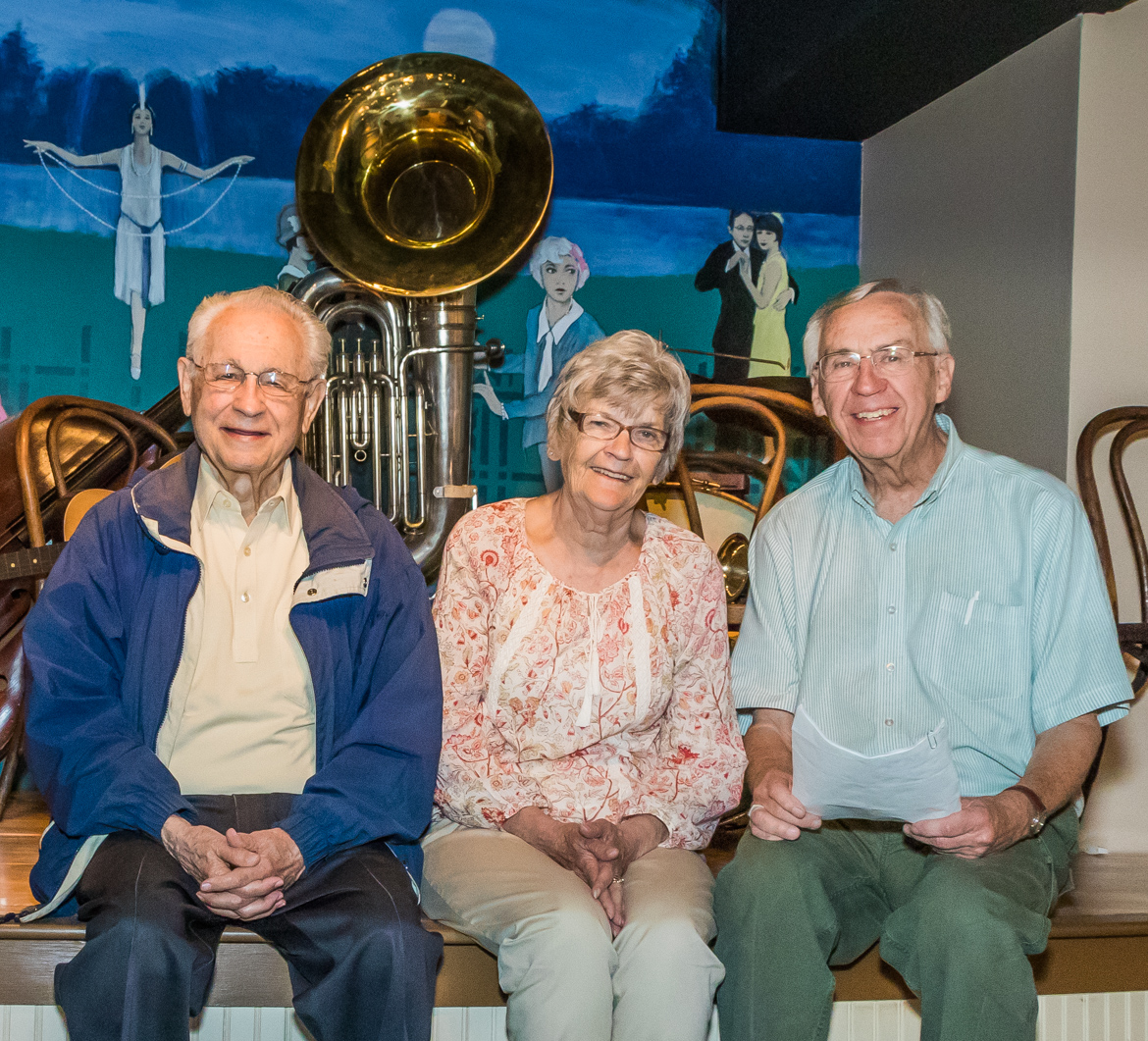(Author’s note: After this article was published, the opening date of the museum was changed to Thursday, August 3.)
When the Bix Beiderbecke Museum & Archive opens to the public on July 24 in the River Music Experience basement, a major draw will be seeing and being in the presence of artifacts from the legendary jazz cornetist’s life – clothes he wore, instruments he played, reproductions of letters he wrote.
As museum developer Joe Hines said: “An exhibit like this doesn’t offer explanations; it [gives] impressions.”
While that might be typical of a biographical museum, the process of collecting those impressions and putting them under one roof has required extraordinary effort over decades.











